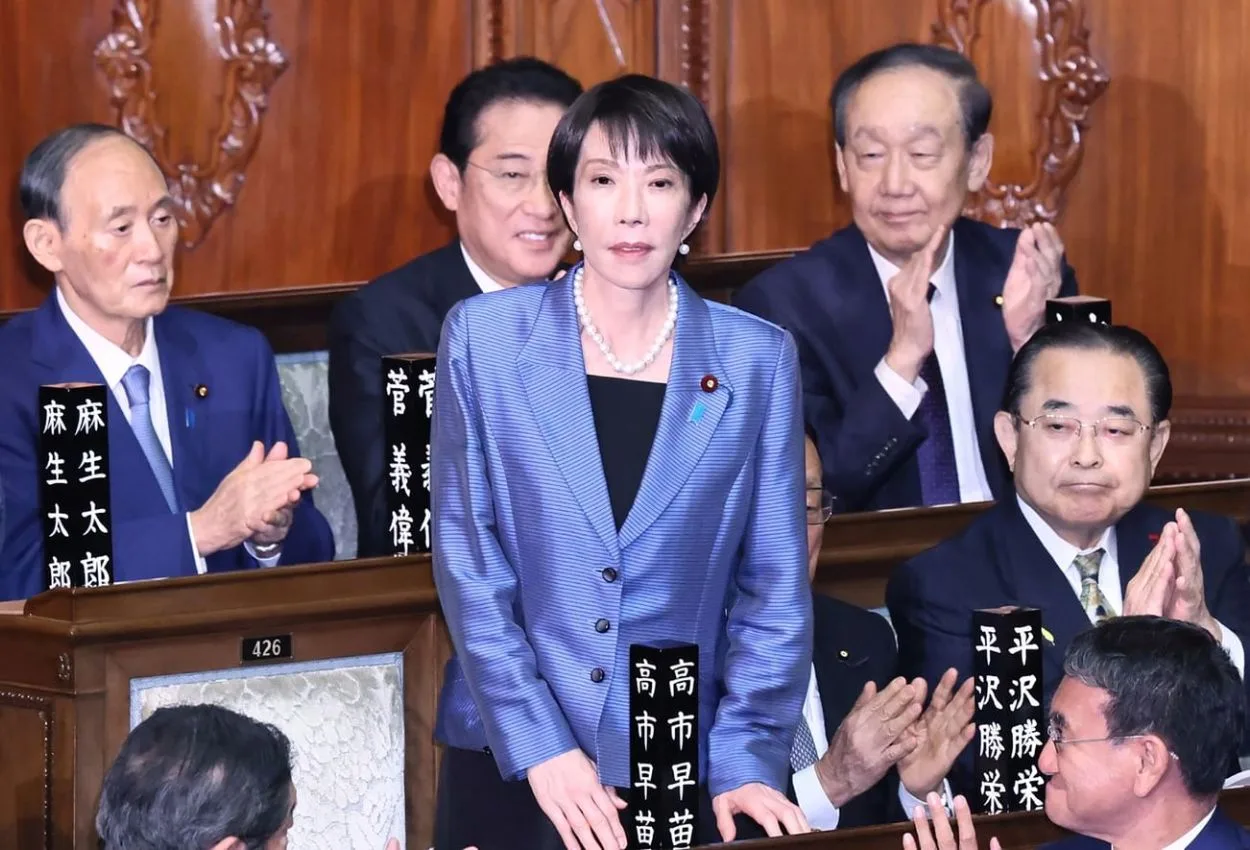Japan’s parliament on Tuesday elected Sanae Takaichi as the country’s first female prime minister.
Takaichi, 64, who recently became chairwoman of the ruling Liberal Democratic Party (LDP), secured 237 votes in the lower house — four more than the required majority.
Her rival, Yoshikoko Noda, leader of the largest opposition group, the Constitutional Democratic Party of Japan, received 149 votes.
Sanae Takaichi becomes Japan’s first woman Prime Minister
The lower house elects the prime minister under Japan’s parliamentary system.
Takaichi takes office following the resignation of Shigeru Ishiba, who stepped down earlier in the day along with his Cabinet after serving one year in office.
Speaking after the vote, Takaichi said she would “work to ensure stability and continuity in government.”
Who is Sanae Takaichi?
Born in 1961 in Yamatokōriyama, Nara Prefecture, Takaichi graduated from Kobe University with a degree in business administration and began her political career in the early 1990s. Initially elected to the House of Representatives as an independent in 1993, she later joined the Liberal Democratic Party (LDP) in 1996 and has remained a central figure within the ruling party.
Over three decades in national politics, Takaichi has held several key cabinet posts, including Minister for Internal Affairs and Communications and Minister for Economic Security.
She has long been associated with the conservative wing of the LDP and was known for her close alignment with former Prime Minister Shinzo Abe’s economic and security policies.
Takaichi has consistently advocated constitutional reform, stronger national defence, and investment in technology sectors such as semiconductors and artificial intelligence. Her views on social issues reflect traditionalist values: she has opposed legalising same-sex marriage, the use of separate surnames by married couples, and female succession to the Imperial throne.
Her appointment as prime minister marks a historic moment for Japan, a country that has seen limited female representation in senior political roles.


